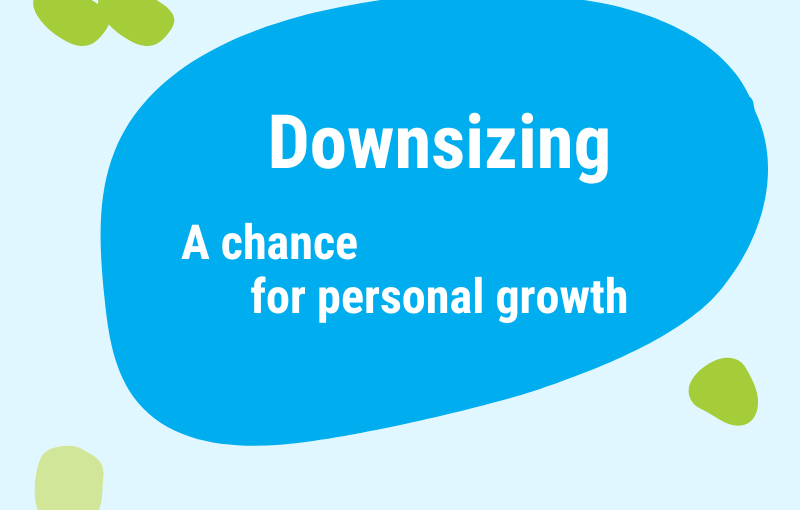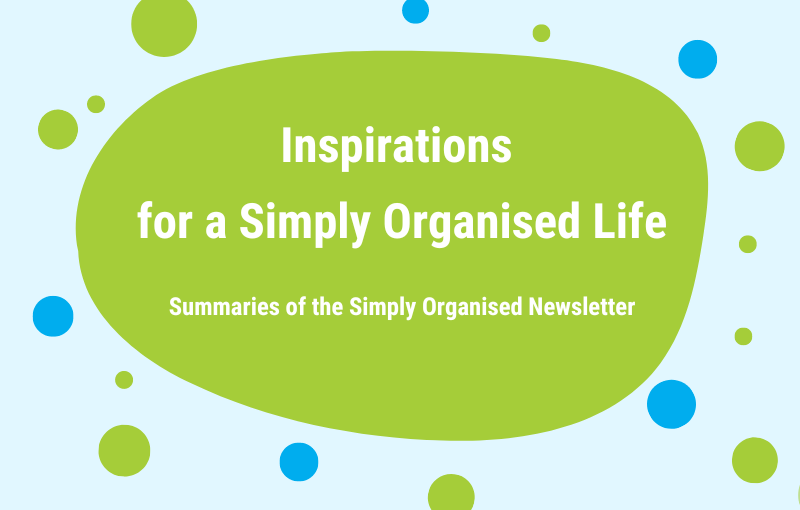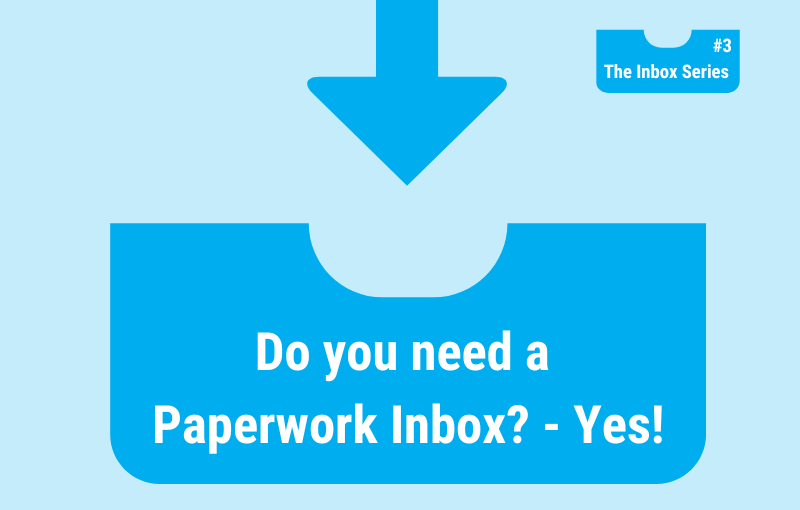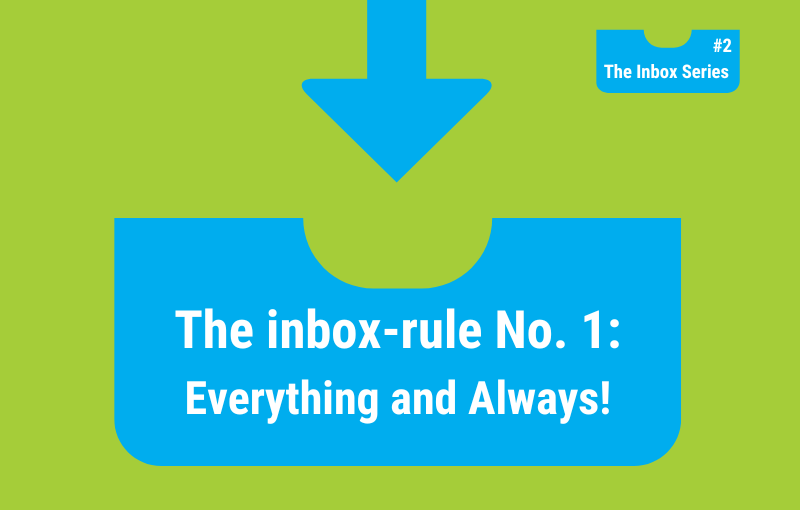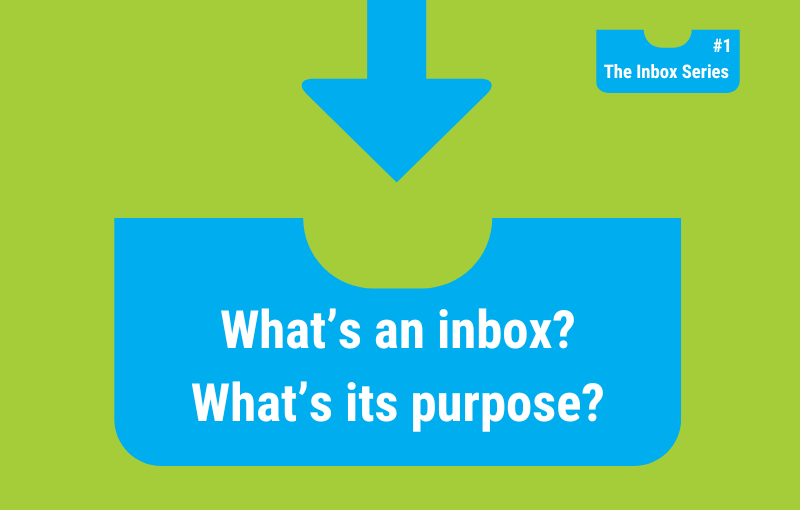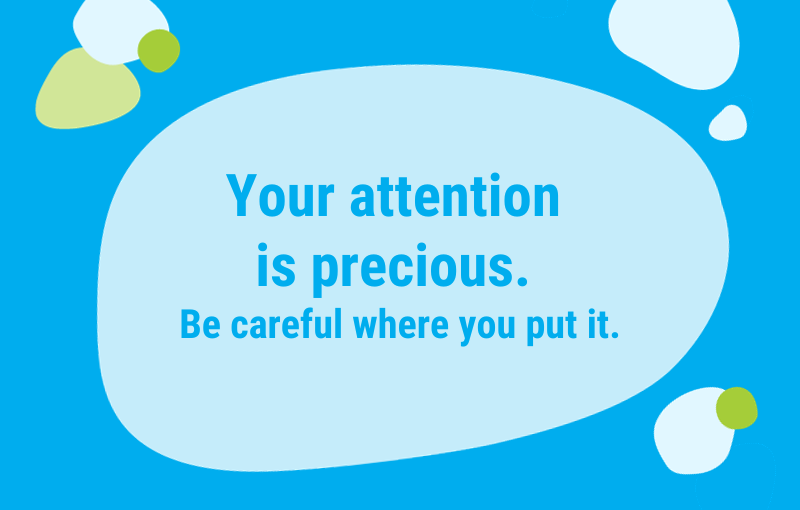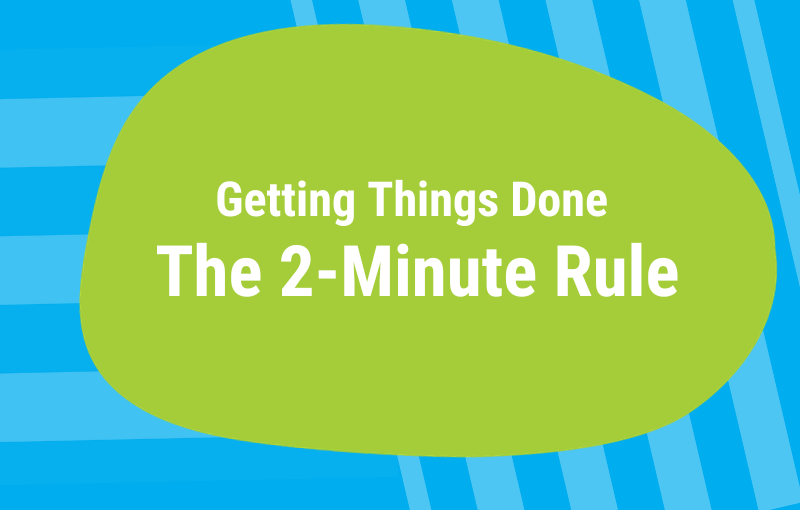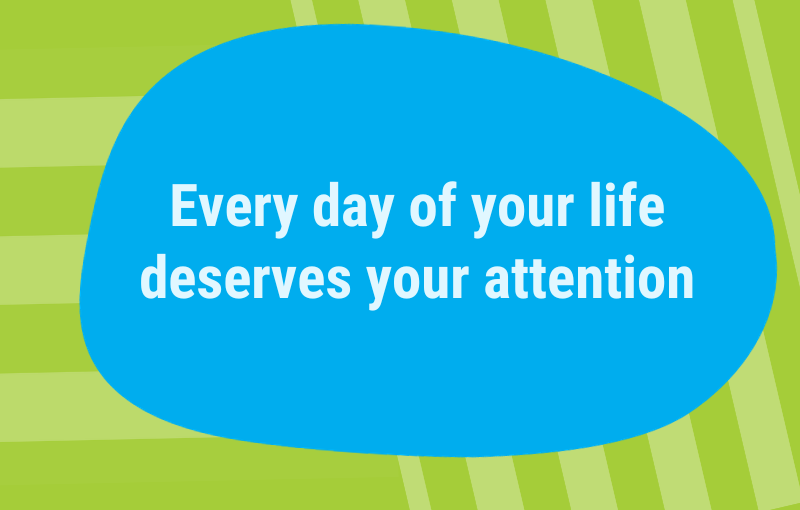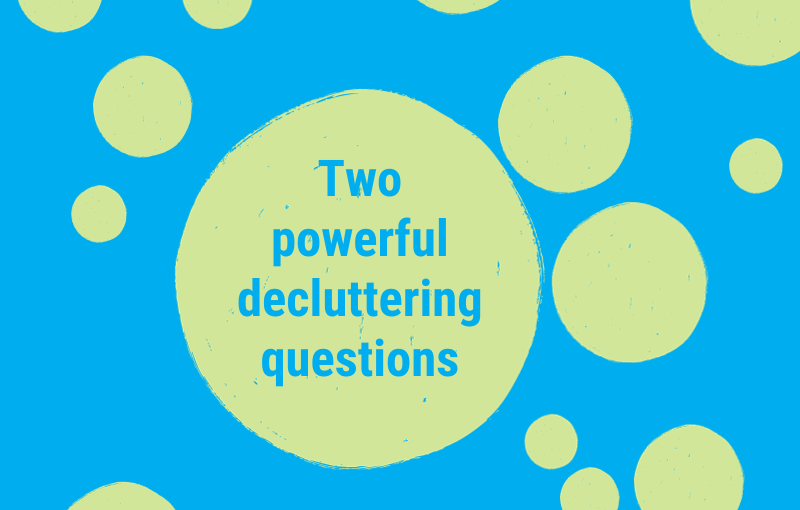Downsizing to a smaller place is impossible without rigorously ‘downsizing’ your furniture and belongings.
The best—and probably easiest—way to start preparing for your downsizing project is to identify and tackle your ‘clutter champions’.
What Are Clutter Champions?
Clutter champions are the areas and belongings that accumulate over time, serving no real purpose and cluttering your space.
They are the items and areas in your home that:
-
- Are ignored and unused
- Get hidden away (under the bed, in a garage corner)
- Collect dust or rust
Examples of Clutter Champions
-
- Overcrowded spaces like a garage with no room for the car
- Unused furniture, such as an inherited armchair
- Books you no longer read or recipe books you never open
- Piles of untouched papers
- Old school or work materials
- Kitchen appliances that don’t match your current habits
- Dressers filled with out-of-fashion clothes
- Wardrobes full of clothes that don’t fit or are rarely worn
- Unused 24-piece cutlery sets from long-ago weddings
- Etc.
- (Can you think of one of your Clutter Champions right away?)
Clutter champions occupy space and weigh us down mentally. They remind us of unfinished tasks and make us feel guilty for not dealing with them.
And, of course, –
Clutter champions don’t deserve a space in your new home!
You must confront your clutter champions and move them out of your home – before you move out.
Action Plan to Defeat Your Clutter Champions
Step 1: Identify Your Clutter Champions
Walk through your home: Open every door and look around each room.
Ask yourself:
-
- Are there any clutter champions here?
- What’s here that doesn’t serve me anymore?
- What have I not used for ages?
- What makes me feel ashamed or frustrated?
Be thorough: Look under beds, into cupboards, drawers, and bags. Take photos if that helps to get a clearer picture.
Step 2: List Your Clutter Champions
Create a comprehensive list of all your clutter champions.
Your list might look something like this:
-
- Bookshelves in the guest room
- Storage unit
- Garden tools in the shed
- Boxes with Aunt Angie’s dishes in the attic
- Box with paperwork inherited from Grandpa
- Lucy’s artwork (under the bed in the guest room)
Step 3: Reflect on Your Clutter Champions
Spend some time understanding each item:
-
- What’s the story behind this item?
- Why did I keep it after it lost its usefulness?
- How do I feel about having it?
- How would I feel if it were gone?
- Am I ready to let it go? Now?
Step 4: Make a Decision
Choose one clutter champion to start with:
‘This is the clutter champion I will clear up first: ……’
Step 5: Take Action
Estimate the time needed: Determine how long it will take to tackle your first clutter champion.
Schedule decluttering sessions: Mark them in your calendar and commit to them.
Do the work: Follow through and create space by letting go of what no longer serves you.
Celebrate the wins: Appreciate and enjoy the space and peace of mind you gained.
By eliminating your clutter champions, you’ll create more physical space and free up mental space.
You will feel more capable and ready to tackle other areas of your home and categories of belongings that need some ‘downsizing’ before you move.
Start tackling your clutter champions today – and transform the beginning of your downsizing project into a positive, empowering experience!


